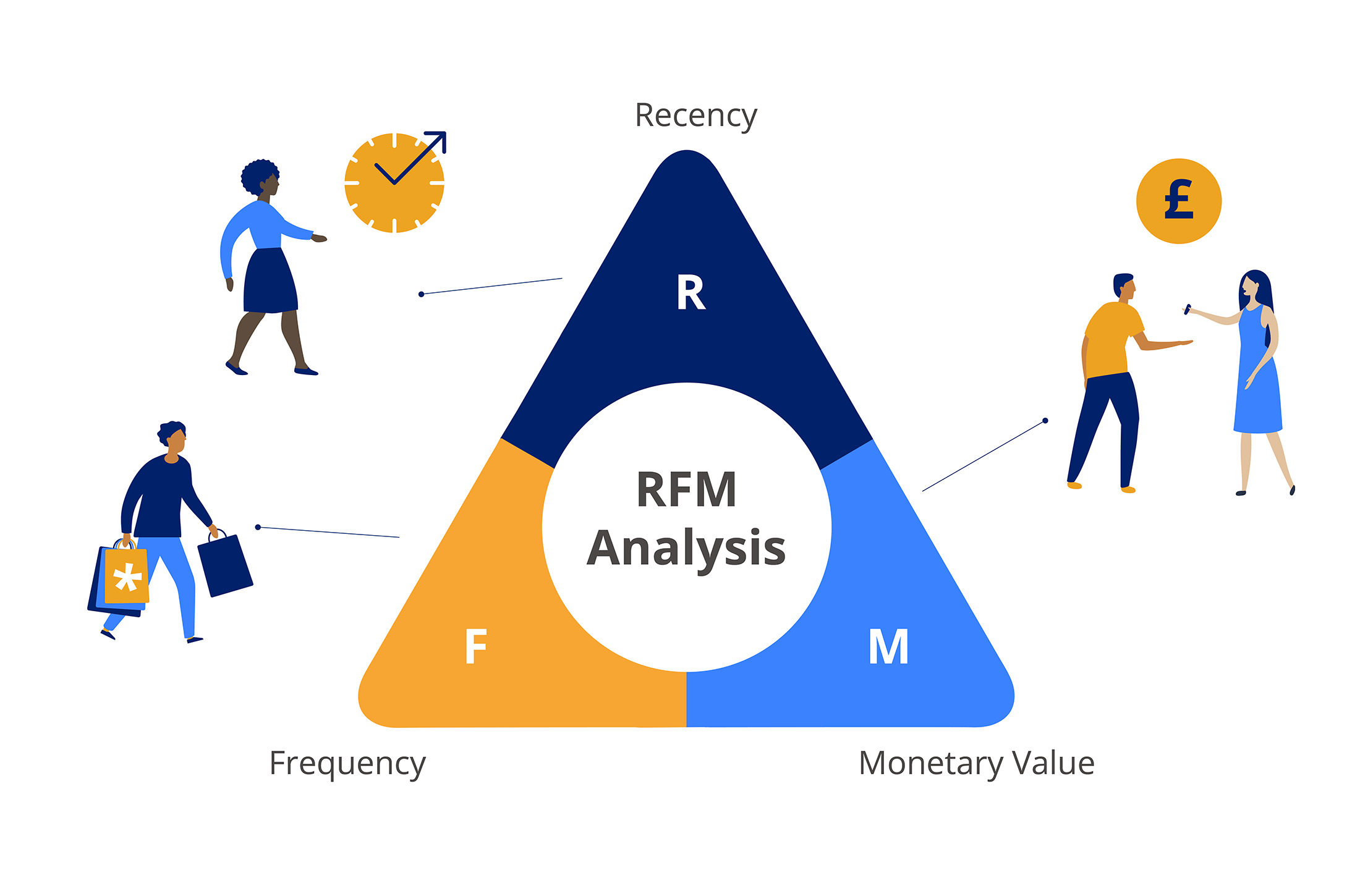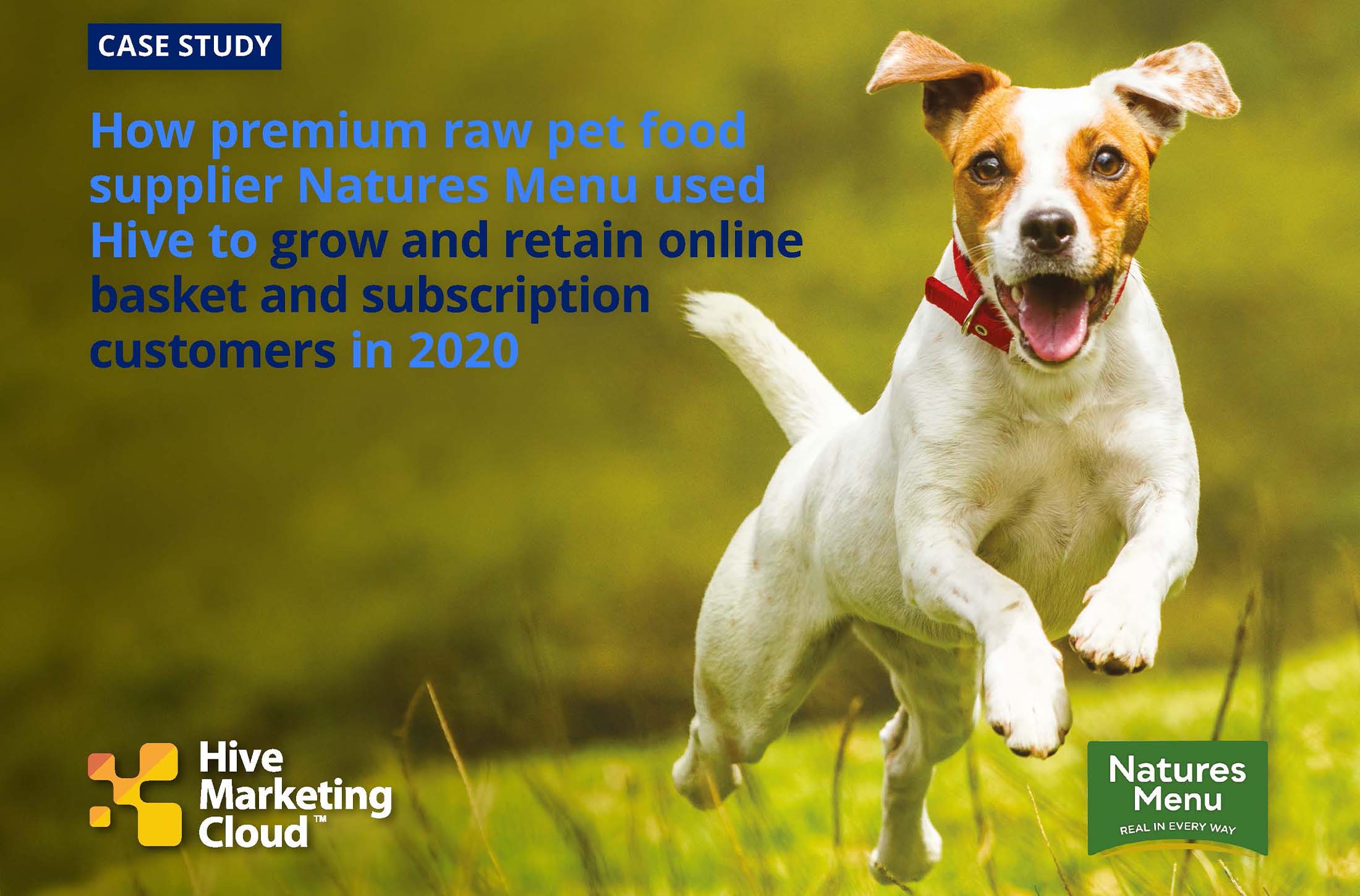How can RFM analysis complement your customer monitoring strategy beyond the use of NPS
NPS is a common measurement used to monitor customer satisfaction. Here's how it can be complemented with the help of RFM analysis

Behaviour vs emotions
Net Promoter Score (NPS) is effective at indicating how a customer feels about the service they have recently experienced. While this is valuable to know, especially when measuring customer experience, it’s important to analyse behaviour in addition to emotions. With that in mind, RFM analysis can help build advanced segments that categorise customers from high to low value. This is achieved by analysing the actions they have made instead of how they felt at a given time. With this information you can then predict/influence what their future actions will be.
Improved coverage
Even though Net Promoter Score is effective at measuring a customer’s level of satisfaction, there are some scenarios where the data could have holes. For example, customers are most likely to select a satisfaction score when they have had an extremely good or bad experience, it’s less likely for people to fill out an NPS form when they have had an average experience. This means that you aren’t always getting feedback after every single purchase. In addition to this, some NPS data can be less dependable based on how you choose to collect it. This is noticeable if you have an NPS form set-up in a physical store as some submissions could be accidental or come from someone that didn’t interact with your business at all. Using RFM, you can analyse data from purchases that have already been placed meaning you won’t need to worry about the reliability of said data.
Understanding the whole story
Whilst NPS can show a customer’s satisfaction level after a single experience, it struggles to show you the complete story of that customer’s journey with your business. For example, a customer could have had a poor experience with their most recent purchase, but when analysed using RFM, they could turn out to be a brand loyalist that has spent a significant amount of money. This also applies to those that have had a good recent experience but could turn out to be one-time buyers. It is important to take note, as some businesses could neglect customers that have left positive feedback when they may need some attention to turn them into repeat buyers. This is where RFM can complement NPS by painting the full picture of the customers journey by considering the behaviour of their historical purchases to support the NPS generated from feedback.
To sum it up
Net Promoter Score is good at measuring how a customer felt after a single experience with your brand, but it is not enough to be the only metric that you track as part of your customer monitoring strategy. RFM analysis is the key ingredient to support NPS to ensure that you don’t lose your most valuable customers because of a negative isolated experience. To learn more about the power of RFM analysis, download your free copy of the eBook now!














